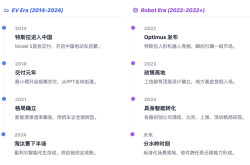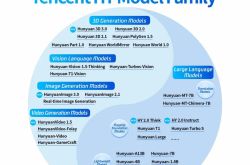First Impressions Review of the Honor Magic V Flip2: Interesting External Screen, Better Battery Life?
![]() 08/22 2025
08/22 2025
![]() 494
494
Only by addressing shortcomings in the user experience can we talk about "differentiation".
In June 2024, Honor's first vertically foldable phone, the Magic V Flip, made its debut, filling a product gap in the Honor brand.
Perhaps due to entering the market later, the first-generation Magic V Flip was able to "stand on the shoulders of giants", equipped with a highly screen-to-body ratio external screen that was popular at the time and remains so, giving it at least a one-generation lead over many initial competitor products from other brands and earning good market reputation. In short, there are benefits to a late release.
The second-generation Magic V Flip also arrived slightly later, scheduled for late August. Perhaps during this time, Honor was also considering what the true pain points of small foldables are and what factors could help break the mold for small foldables. Thus, the Magic V Flip2 arrived, and Leitech has already received it in advance and used it for a few days with a SIM card inserted. Combining this with previous experiences with small foldables, let's discuss what Honor has done right with the Magic V Flip2.
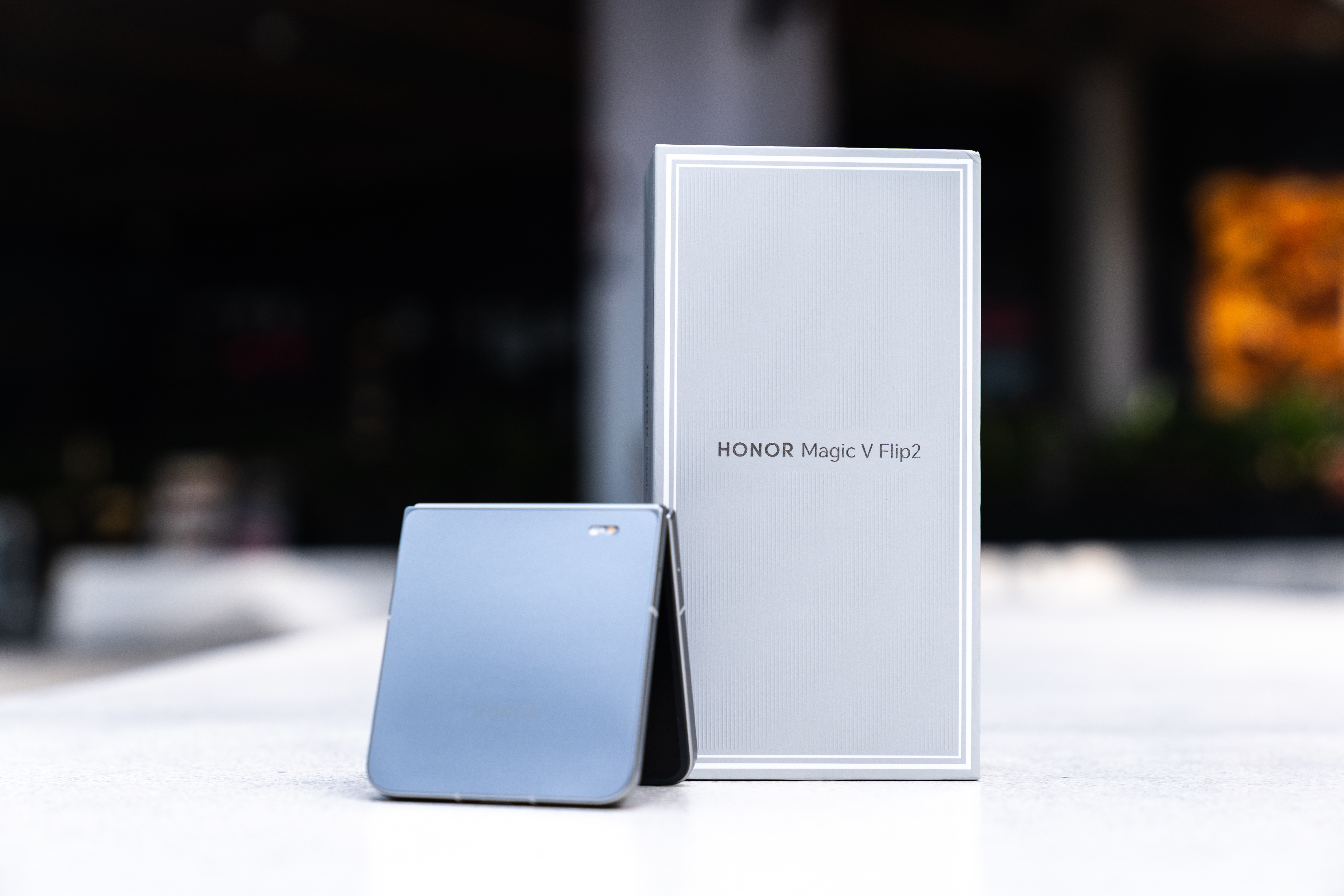
(Image from Leitech)
And without changing the definition and form of small foldables, has Honor Magic V Flip2 found a place for small foldables in the era of AI hardware?
External screen upgraded again, is it more about emotional value than practicality?
Considering the technological appeal and practicality of the external screen, the design of small foldable phones generally aims for simplicity: one side has an external screen with two camera cutouts, while the other side is just a simple back cover, forming a kind of homogenization within the industry.
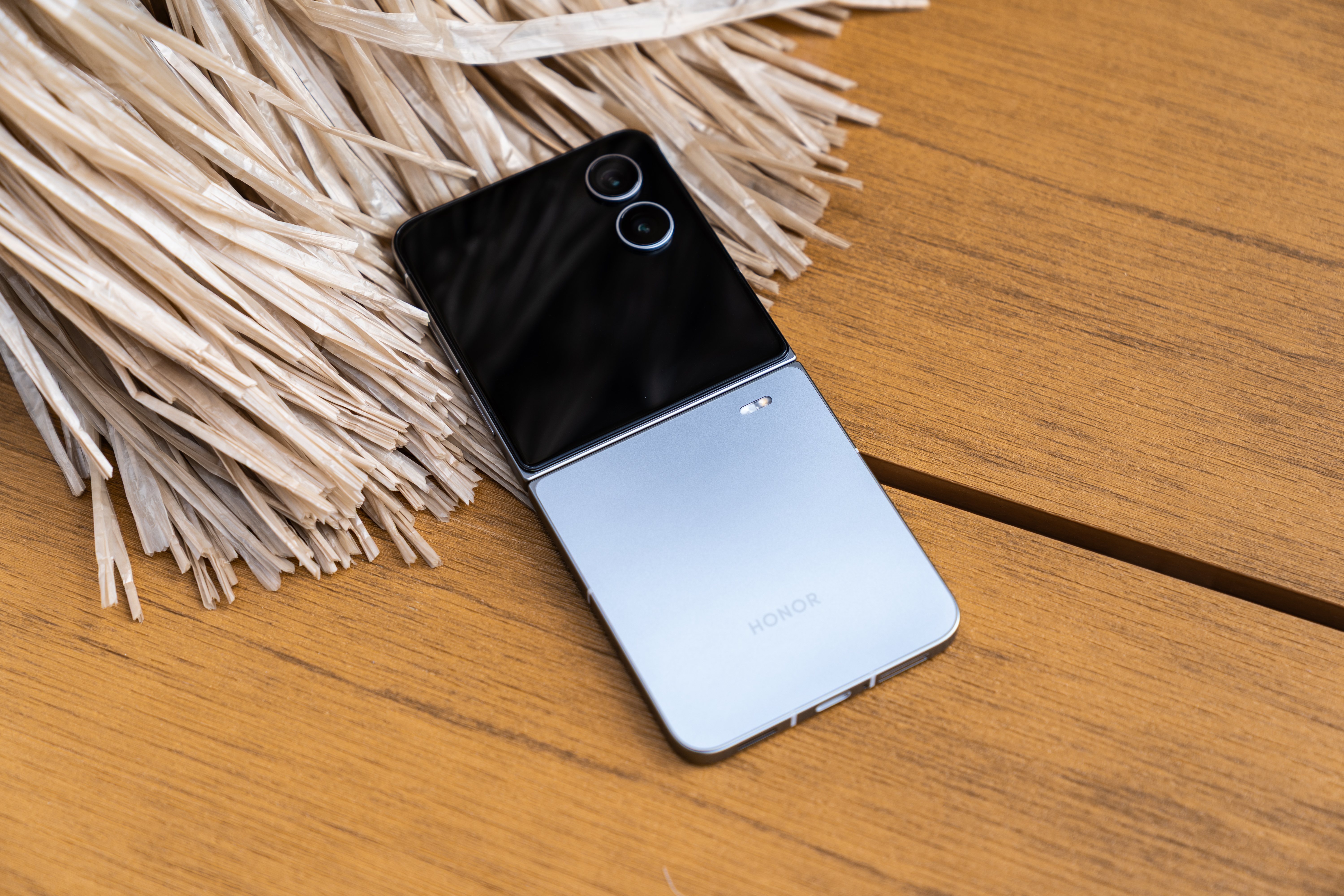
(Image from Leitech)
The Honor Magic V Flip2 is no exception, but compared to the previous generation's one large and one small cutout, the two equally sized Deco cutouts now look much more harmonious, and the cutouts are slightly smaller and more compact than those on the MIX Flip2. Even though both have external screens around 4 inches, the Magic V Flip2's screen looks "larger". Of course, Honor is also one of the few manufacturers to place the flash on the back of the small foldable.
Speaking of which, this is the first small foldable phone Leitech has experienced with a "stepped" design for the external screen, so the side with the external screen is slightly thicker than the other side. Personally, I speculate that this is a slight compromise in thickness to accommodate a larger battery capacity and a higher-specification main camera sensor. The good news is that for those who prefer straight screens, the pure straight design of the Magic V Flip2's external screen is also a plus.
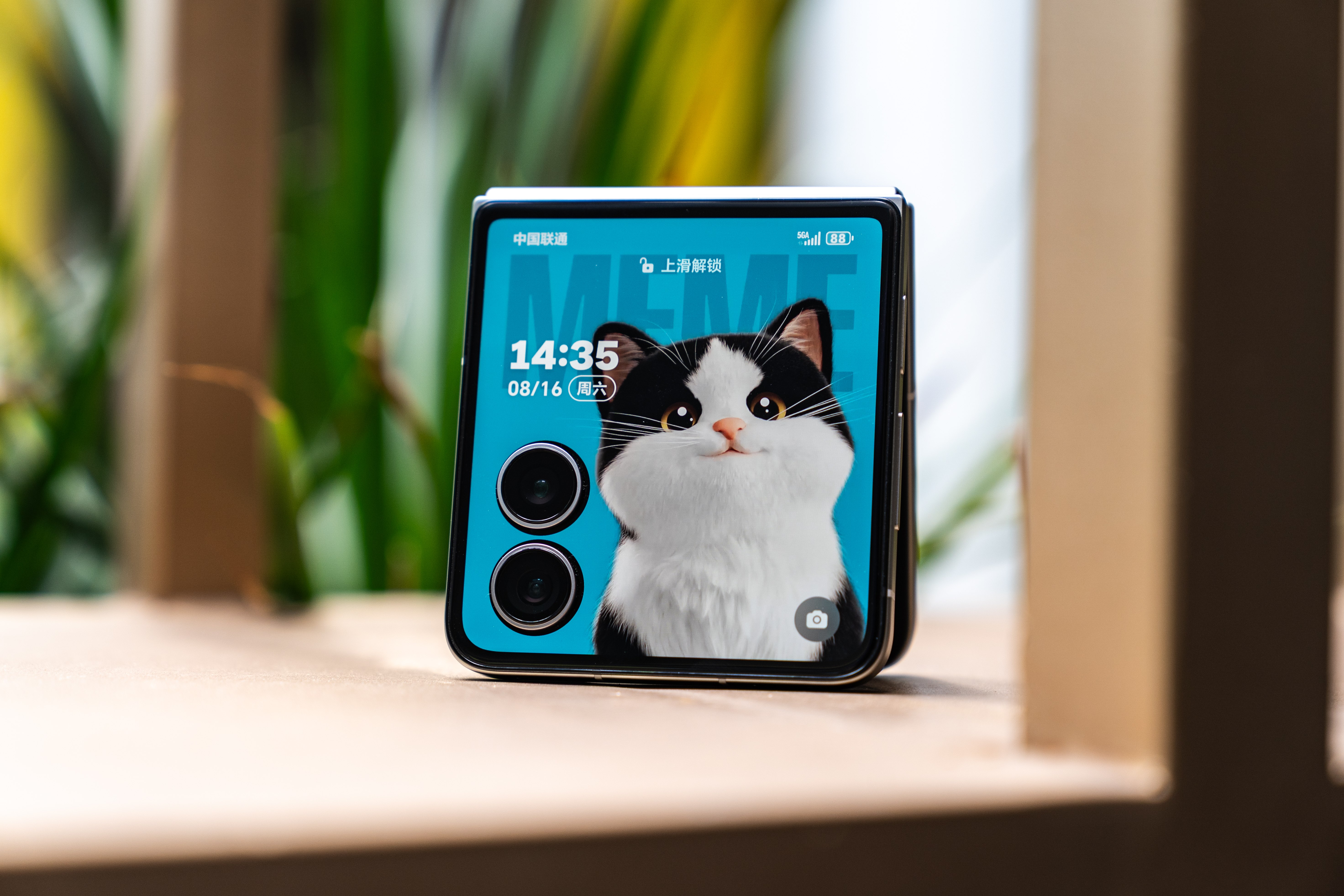
(Image from Leitech)
Regardless of the type of foldable screen, the practicality of the external screen is always a concern. The common industry practice is to further open up the number of apps that can be used on the external screen based on functional widgets. According to Leitech's experience, the Magic V Flip2 supports the use of many apps on the external screen, and theoretically, the system has a set of global support systems.
For example, a global partition is designed on the camera side, leaving only the right side for app display. Whether using an information stream app or even playing games, the displayed content will not be obscured by the camera cutout. Some competitor products do not utilize the external screen well due to camera layout issues, and third-party apps require additional plugins for import.
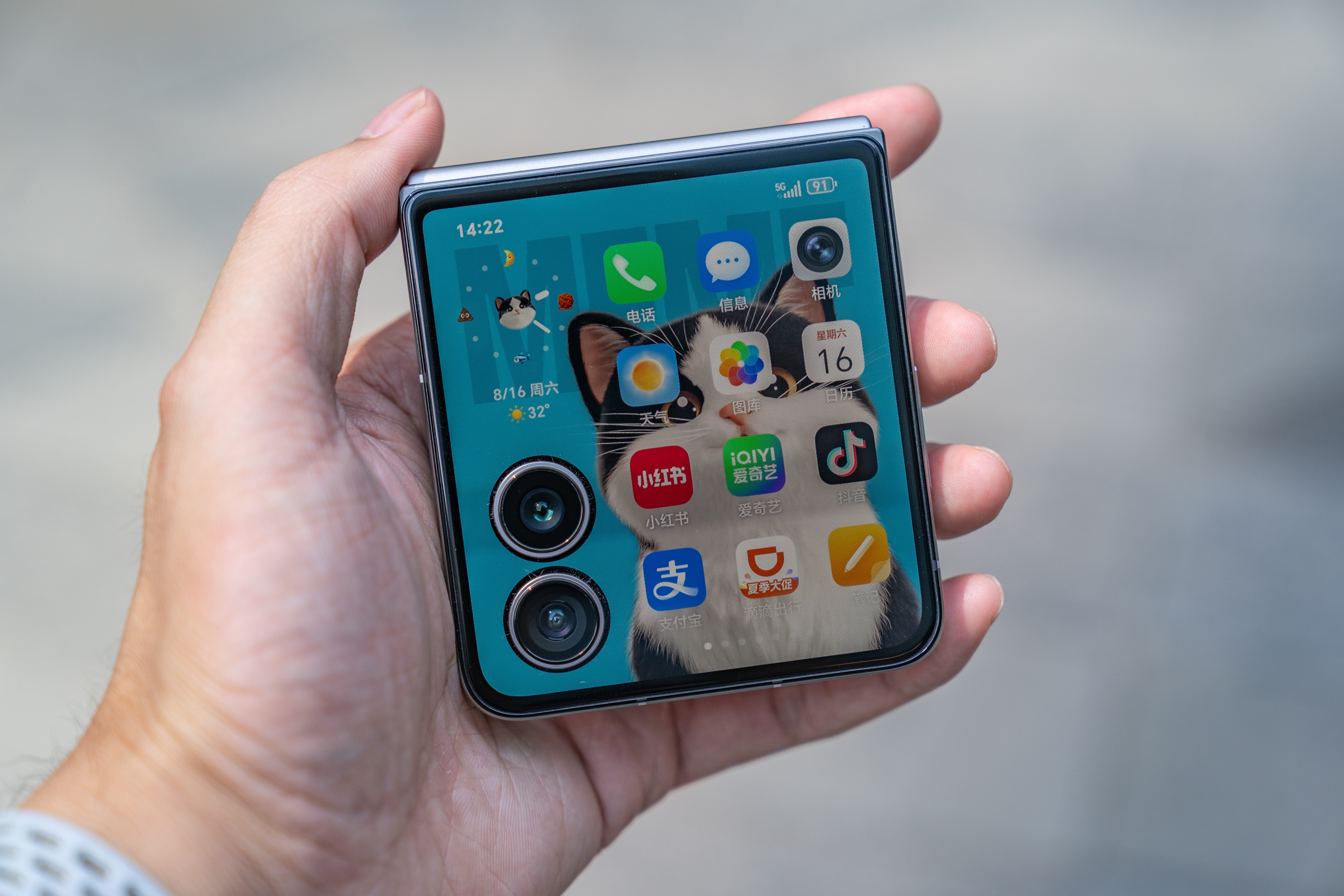
(Image from Leitech)
Tasks that do not require complex operations, such as answering calls, displaying payment or boarding codes, and hailing taxis, can also be handled by the Magic V Flip2's external screen. This one-step approach, in Leitech's opinion, still offers efficient operation.
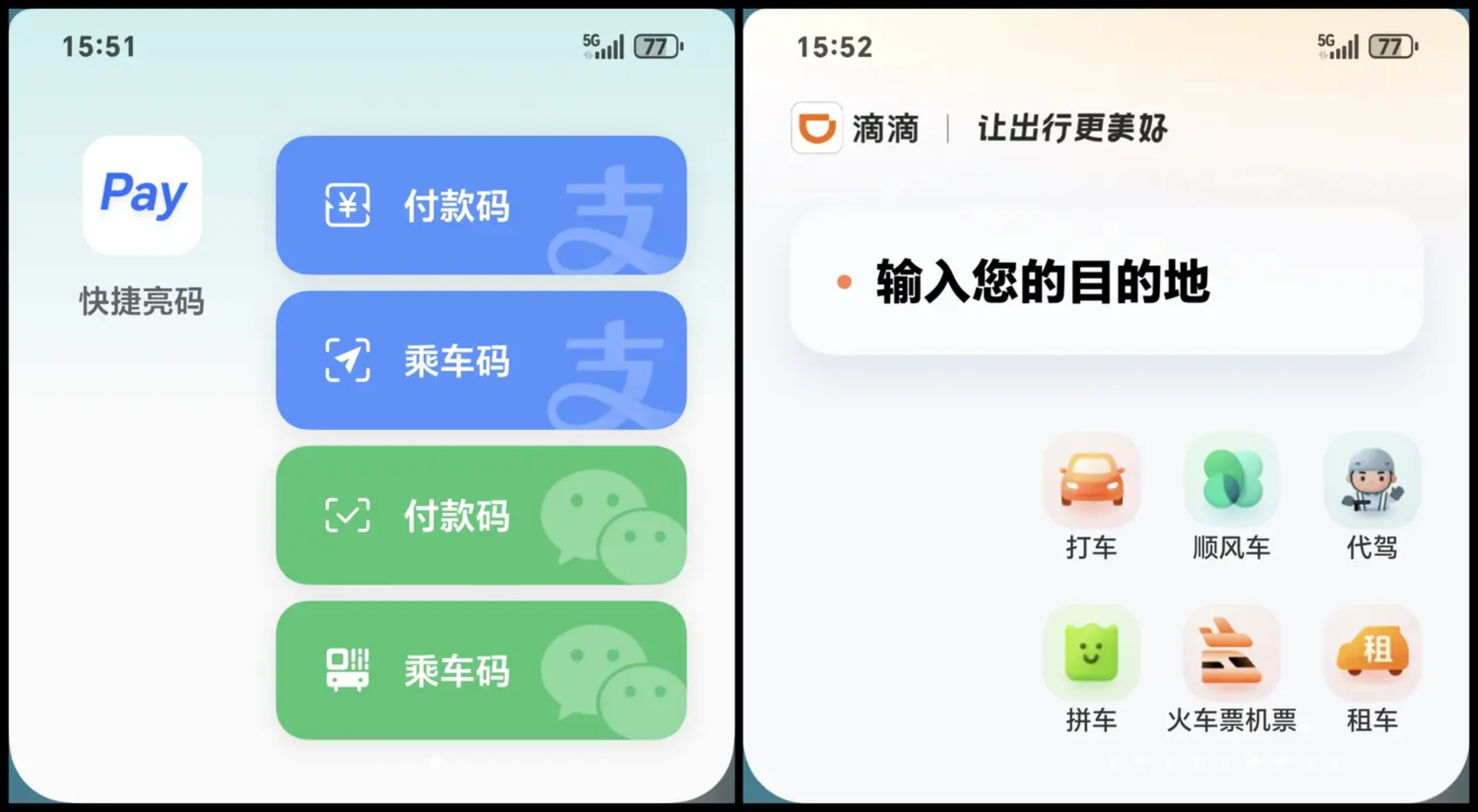
(Image from Leitech)
But honestly, the external screen of a small foldable phone is not designed for high-intensity use. It offers a relatively good experience for temporarily checking messages, voice-replying to WeChat, or displaying a payment code. In other words, the external screen of a small foldable phone is not about "practicality"; smart manufacturers are starting to explore emotional value and scenarios, with the most common example being desktop pets.
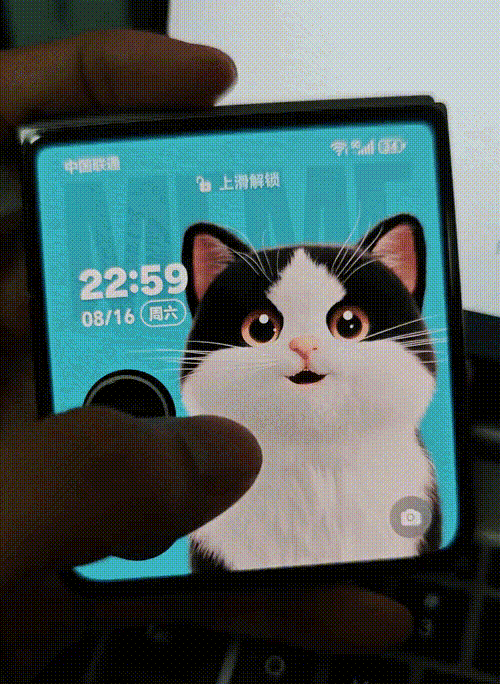
(Image from Leitech)
First, by using the hinge to suspend the phone at a certain angle with the external screen facing you, the Magic V Flip2 recognizes and activates the "Smart Display" mode. You can simply use it as an "emotional decoration" to display time, weather, music, etc., which of course leverages the full-screen AOD and low-power OLED features.
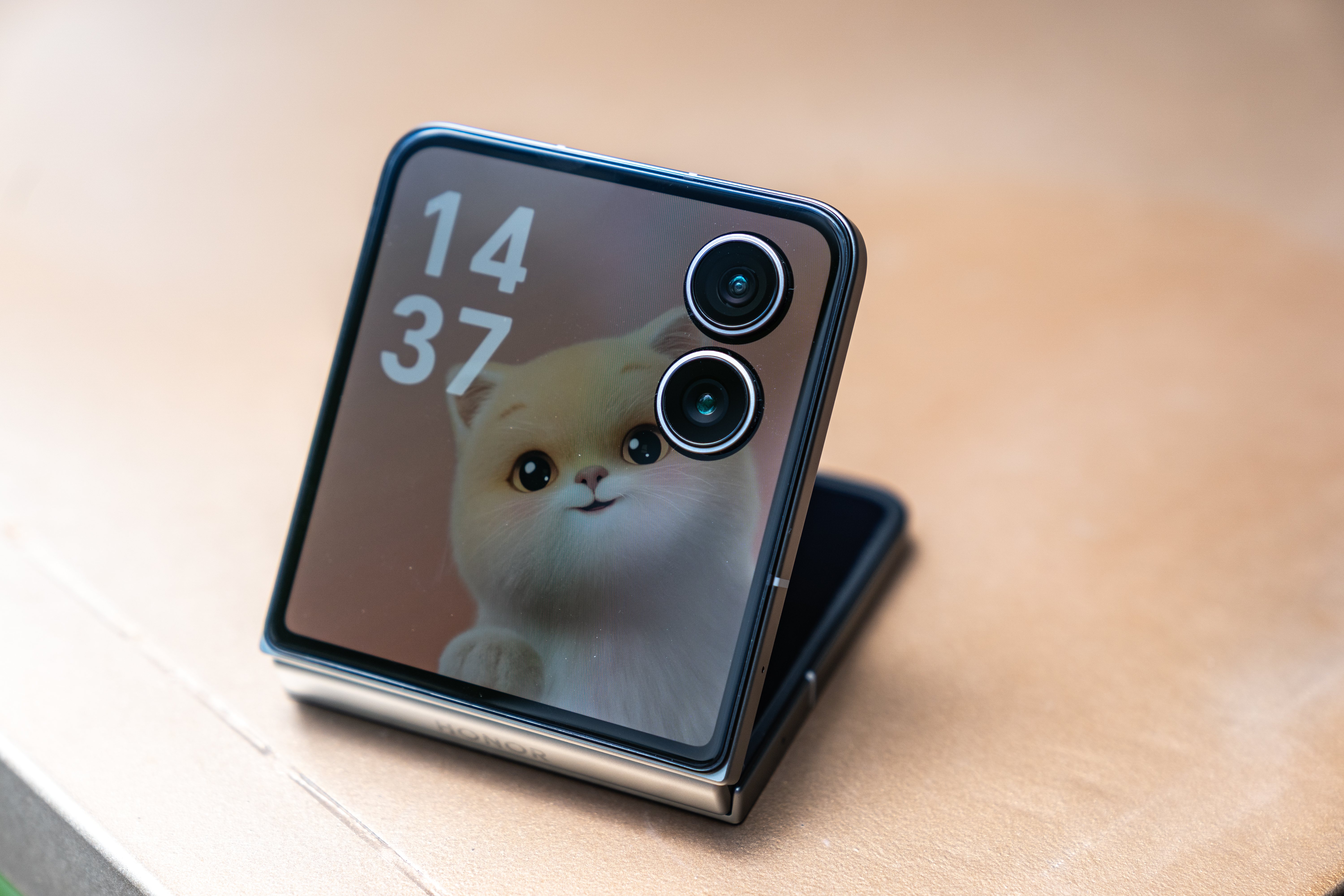
(Image from Leitech)
The Magic V Flip2 comes with a number of cute pet themes, each with a set of cute pet animations that can be interacted with through gestures and taps. If pets are not your thing, Honor also offers AI wallpapers and a contrasting magazine-style cover layout. You can even use a Live Photo you just took as the external screen background, giving it a strong decorative appeal.

(Image from Leitech)
From what Leitech understands, some friends prefer to use their satisfied selfies or photos of their children as wallpapers. Whether it's Live Photos/static images or magically stylized lock screens/video creations through AI, there's plenty of room for creativity.
I wonder if anyone played with those electronic pet game consoles when they were young, also featuring cute designs with a small screen separating the player from the electronic pet, requiring regular feeding and companionship. Perhaps based on more advanced multimodal AI technology, enhancing human-computer interaction and randomness of events, as well as chat functions, the "cyber pet" gameplay could become a special product value for small foldable products.
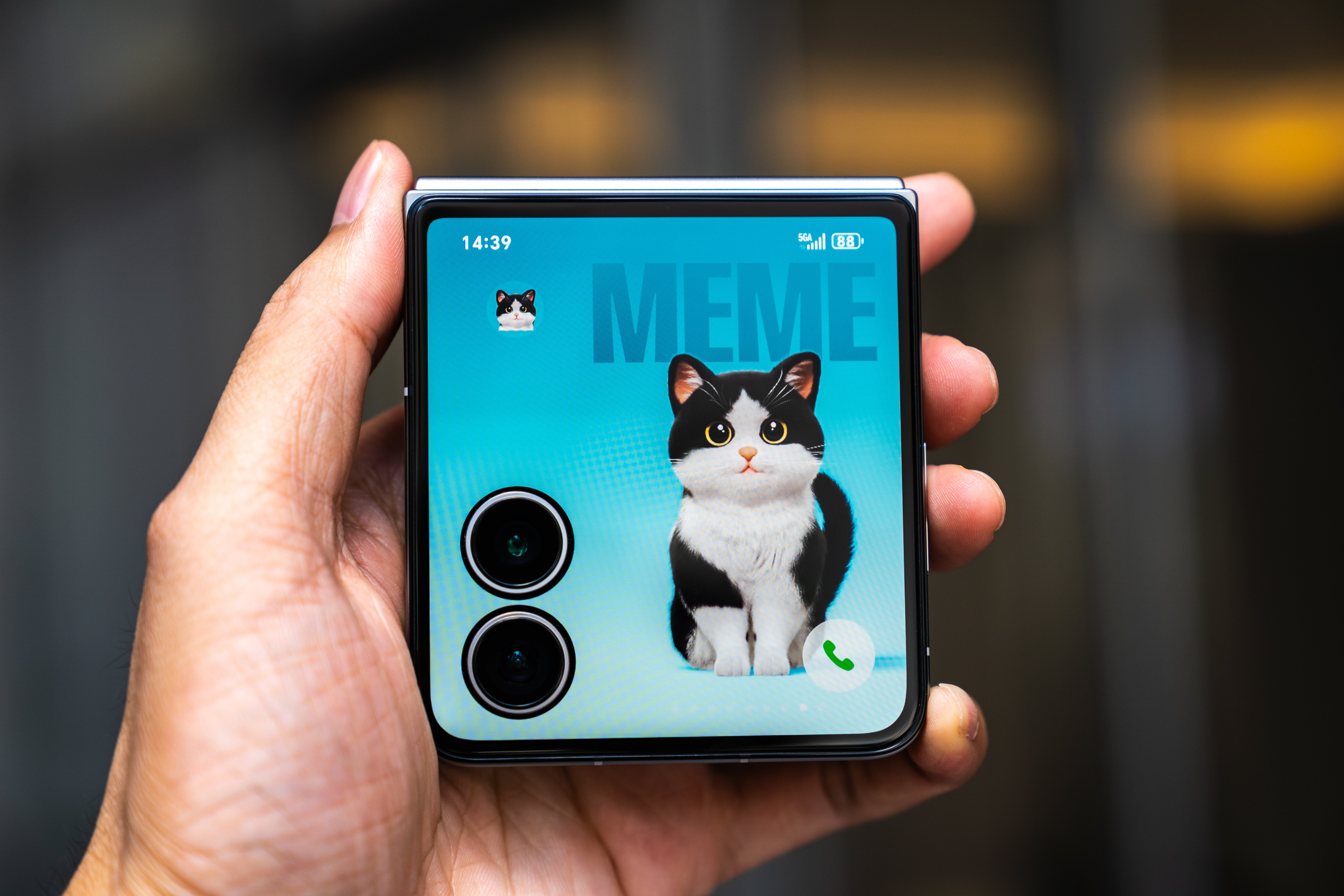
(Image from Leitech)
By the way, there's a function in the external screen widgets that allows you to chat with pets, similar to AI chat companions, suitable for temporary emotional support when bored or in a bad mood. However, the freedom of pet chat still has room for improvement, and it is not the same function as making calls with YOYO; the usage scenarios are actually quite different.
Since we're on the topic of AI, Leitech also specifically experienced the Magic V Flip2's external screen AI functions. The activation logic is the same as for the internal screen, which is to hold down the power button. However, using the AI assistant on the external screen tends to favor instant voice commands; typing can be somewhat cumbersome, but the functionality remains consistent with the internal and external screens.

(Image from Leitech)
With that said, let's look at the specifications. The display parameters of both the internal and external screens of the Magic V Flip2 are quite impressive. The external screen has a resolution of 1200*1092 and supports 3840Hz PWM dimming, while the internal screen has a standard 1.5K resolution and supports 4320Hz PWM dimming. Both screens have 120Hz high refresh rates, and the brightness is also excellent for a small foldable.
Moreover, Honor is more representative in eye protection algorithms, with algorithms for motion sickness prevention, dry eye relief, and defocused vision mitigation, and it will proactively remind you to "blink" in the form of a dynamic capsule to avoid some visual fatigue hazards caused by staring at the screen for too long without blinking.
Surprisingly, the Magic V Flip2's internal screen uses UTG glass. In a fully flattened state, it's not easy to notice the crease when viewed from an angle, and sliding your finger over the crease position is an "epic improvement". The hinge allows for multi-angle suspension with a light damping feel, with slight angle rebound at certain angles, providing a decent opening and closing experience.
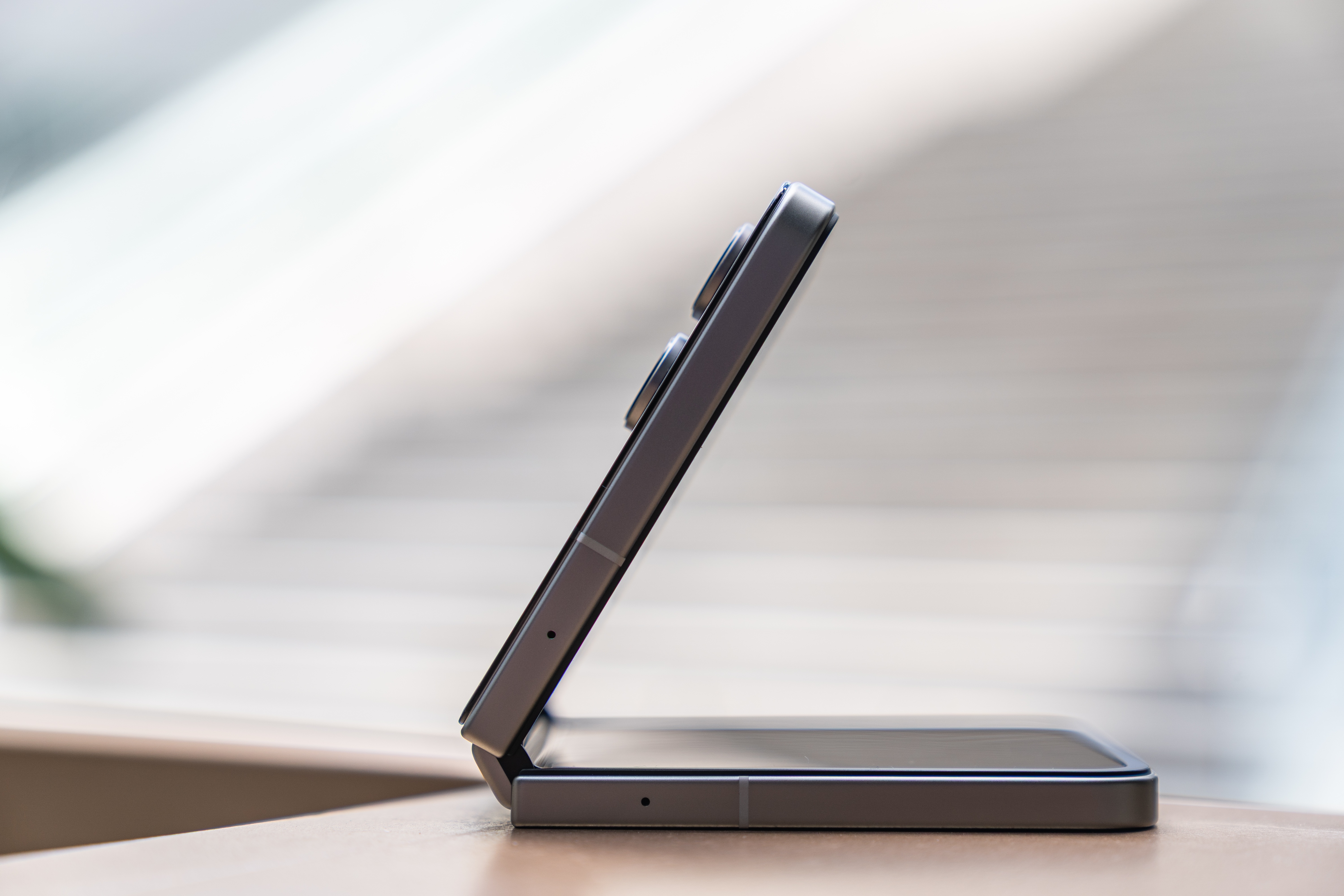
(Image from Leitech)
In terms of hardware, Honor Magic V Flip2's approach is still to address the shortcomings of previous small foldable devices, such as inconsistent internal and external screen experiences and long-term lack of external screen functionality leading to a poor experience. This time, the Magic V Flip2 attempts to make more attempts at external screen gameplay and focuses on personalization and emotional value.
Because in Leitech's opinion, emphasizing the practicality of the external screen of a small foldable to rival that of the internal screen is unrealistic and can easily lead to "neglecting one in favor of the other" in promotions. Deeply exploring the external value of the external screen of a small foldable phone, similar to a "cyber pocket watch", is something that ordinary slab phones and large foldable phones do not possess.
First-time use of a 200MP main camera, but the best imaging is for selfies
The internal space of a small foldable phone is very limited, leaving less room for imaging compared to slab phones or large foldables, resulting in a lower imaging ceiling. The absence of a telephoto lens is normal. For most small foldable phones, the top-tier main camera specification is around 50MP with a 1/1.55-inch sensor.
The Honor Magic V Flip2 is different; it packs a 200MP main camera with a 1/1.4-inch sensor, expected to be the same as the one in the Honor 400 Pro, making it the most powerful main camera in the small foldable category, bar none.
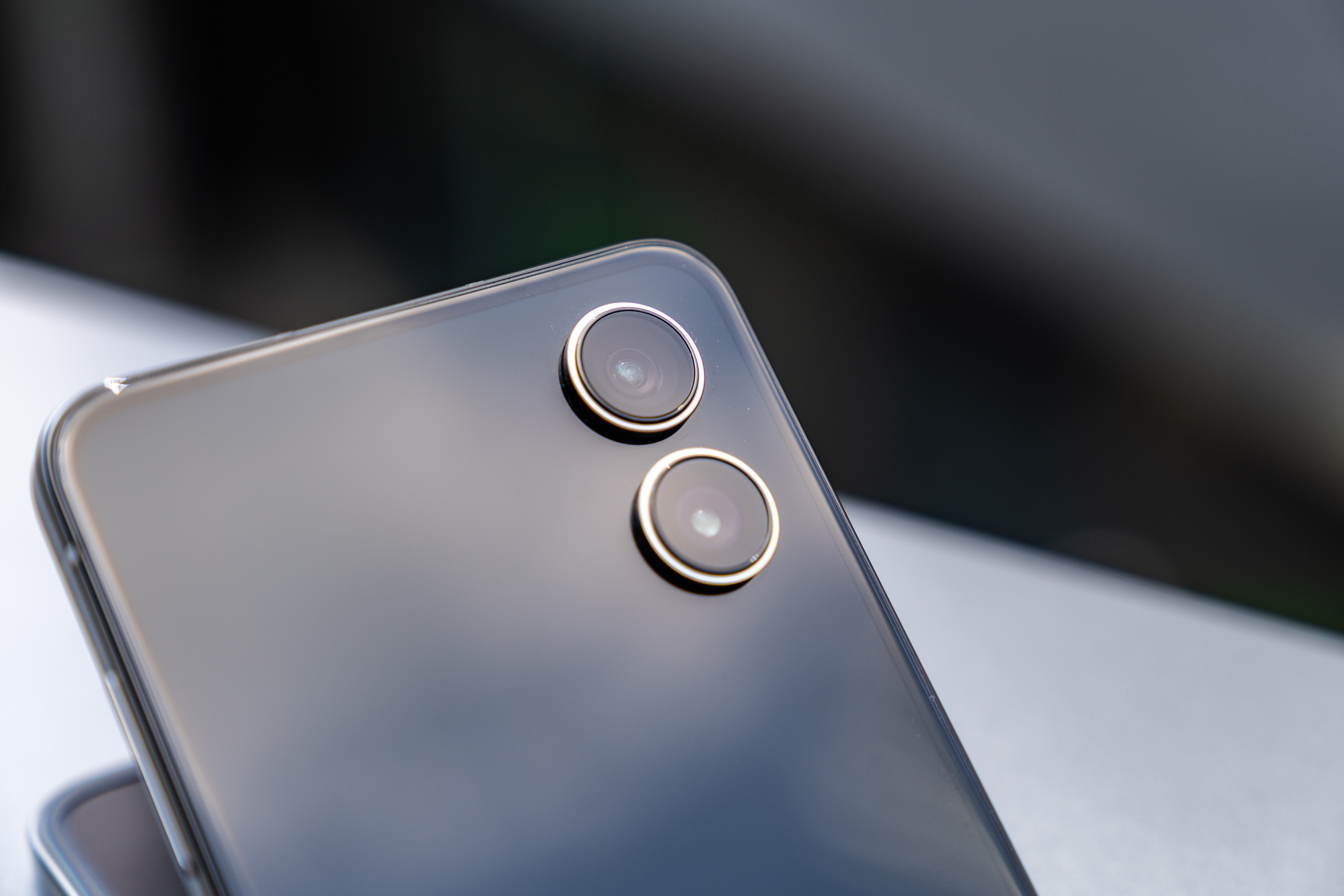
(Image from Leitech)
Theoretically, a larger sensor and higher pixel count result in better resolution in daily shooting. Leitech believes that in the precious space of a small foldable, imaging often faces a "choose two out of three" scenario, either opting for a main camera and ultra-wide angle or a main camera paired with a less prominent telephoto lens in terms of focal length and specifications.
Compared to the previous generation, the Magic V Flip2's ultra-wide angle has also been upgraded to a 50MP sensor, resulting in a significant improvement in imaging hardware overall.
High-base and ultra-high-pixel hardware is like "pinching" out a "telephoto lens" for the Magic V Flip2. The system provides up to 4x default focal length and 30x digital cropping, triggering the large model telephoto, or "King Imaging," at 20x.
On a sunny day with ample light, even at 4x cropping, the Magic V Flip2 still has decent image resolution and a shallow depth of field effect. As you can see, the textures on the leaves are clearly visible, and the color and material expression are quite impressive. The only thing to note is that the image stabilization effect is not particularly obvious at 4x cropping, so it's recommended to hold the device steady before taking the shot.
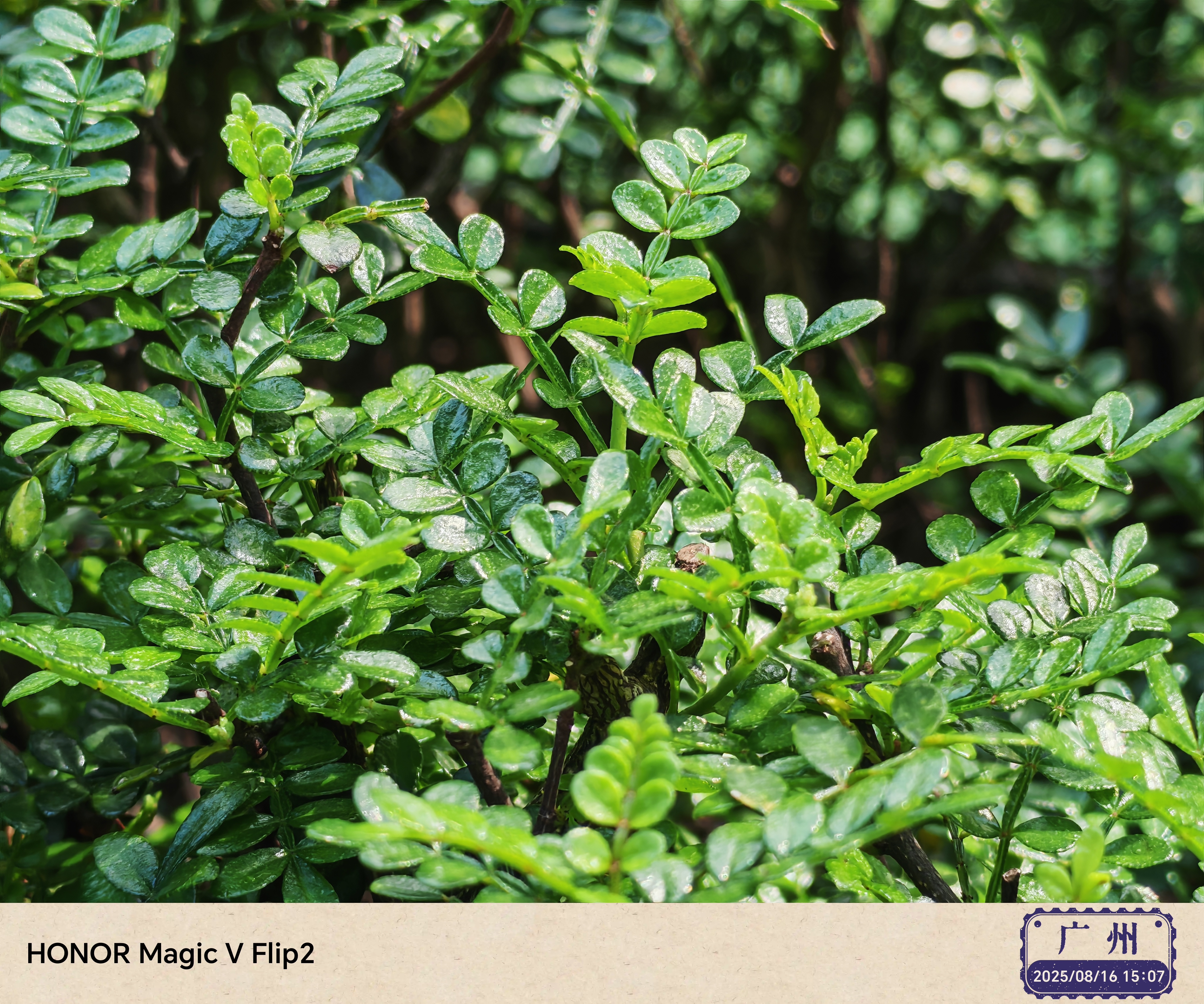
(Image from Leitech)
Honor's imaging color palette currently does not have a distinctive label, which Leitech does not consider entirely a bad thing. For example, it has strong scene reproduction capabilities, and the colors are not "dull." The blue sky and white clouds are well-organized , but the sky color is not overly emphasized. Coupled with AI cloud enhancement, it can provide as much usable clarity as possible at high magnifications, which is a complement to the hardware.

(Image from Leitech)
Under specific photography conditions and scenarios, AI cloud enhancement has certain positive implications. For example, in this photo with leaves as the subject, after AI cloud enhancement, the edges of the leaves are sharper, generally increasing the sharpness. However, when there are scene-specific matches in the cloud database, the performance of AI telephoto will be further enhanced.
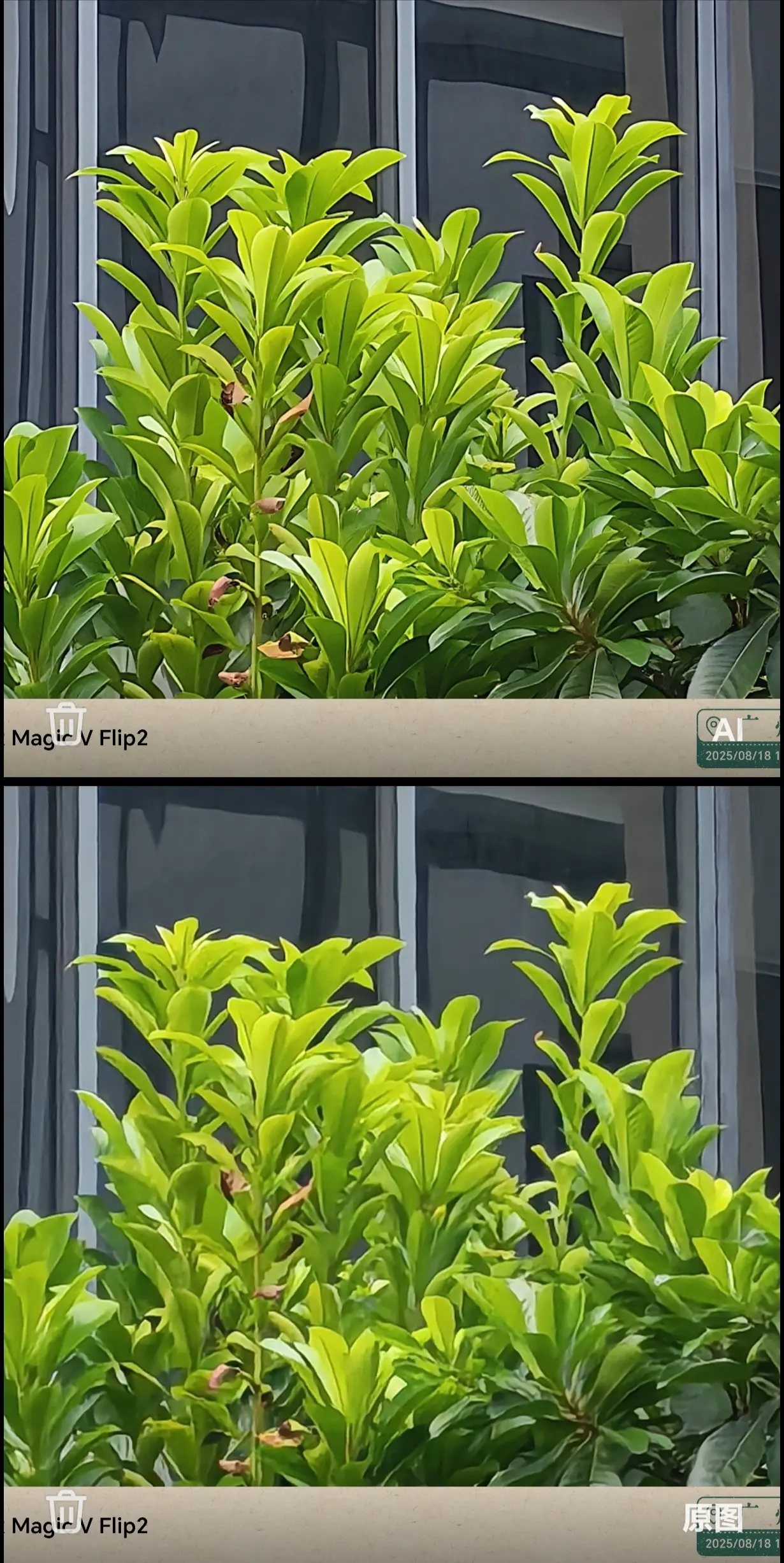
(Image from Leitech)
Based on 24mm extended to 28mm and 35mm standard focal length cropping, the Magic V Flip2 can still be considered usable. It has sufficient theoretical resolution, and under good lighting conditions, cropping does not significantly degrade resolution, ensuring compositional freedom.

(Image courtesy of Lei Technology)
With the built-in filters in the Honor camera, the Magic V Flip2 still has some strength in street photography.

(Image courtesy of Lei Technology)
Thanks to its large sensor, the Magic V Flip2 also handles night scenes quite well. Lei's deepest impression was this photo taken at Tianhuan Square. Although there is no obvious color tone, the external lighting is well-controlled, and the mixing of complex warm and cold light sources and the handling of pedestrians are both impressive. While it may lack artistic sense, it shows that Honor's imaging fundamentals are solid.


(Image courtesy of Lei Technology)
Even in extreme low-light conditions, it still delivers impressive performance. The HDR effect and purity surprised Lei Technology.
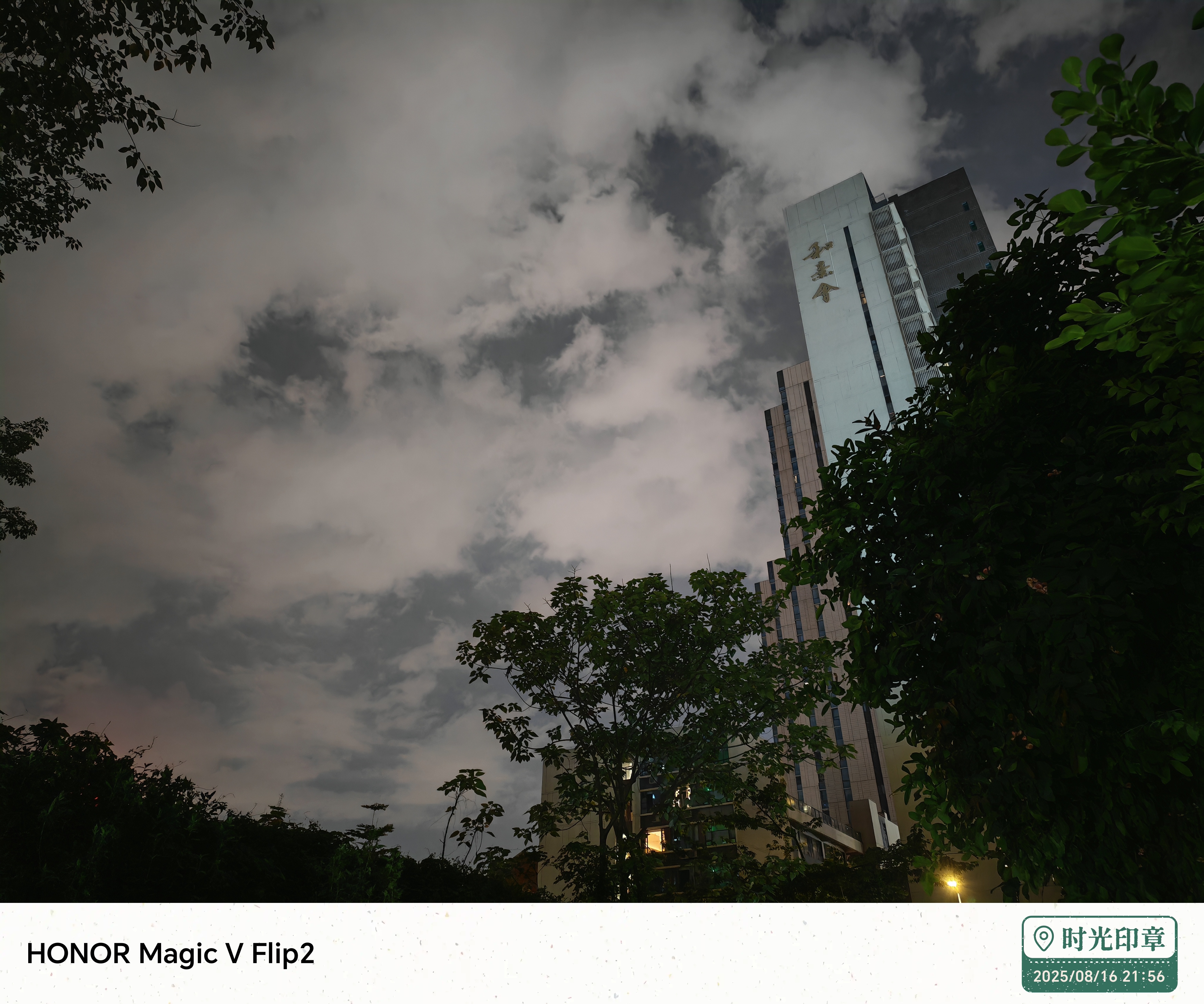
(Image courtesy of Lei Technology)
Lei doesn't take many selfies, but when experiencing some "Flip"-type foldable phones before, he raised a point: the imaging of small foldable phones is not as unremarkable as everyone says. The key is from what perspective to view their imaging capabilities.
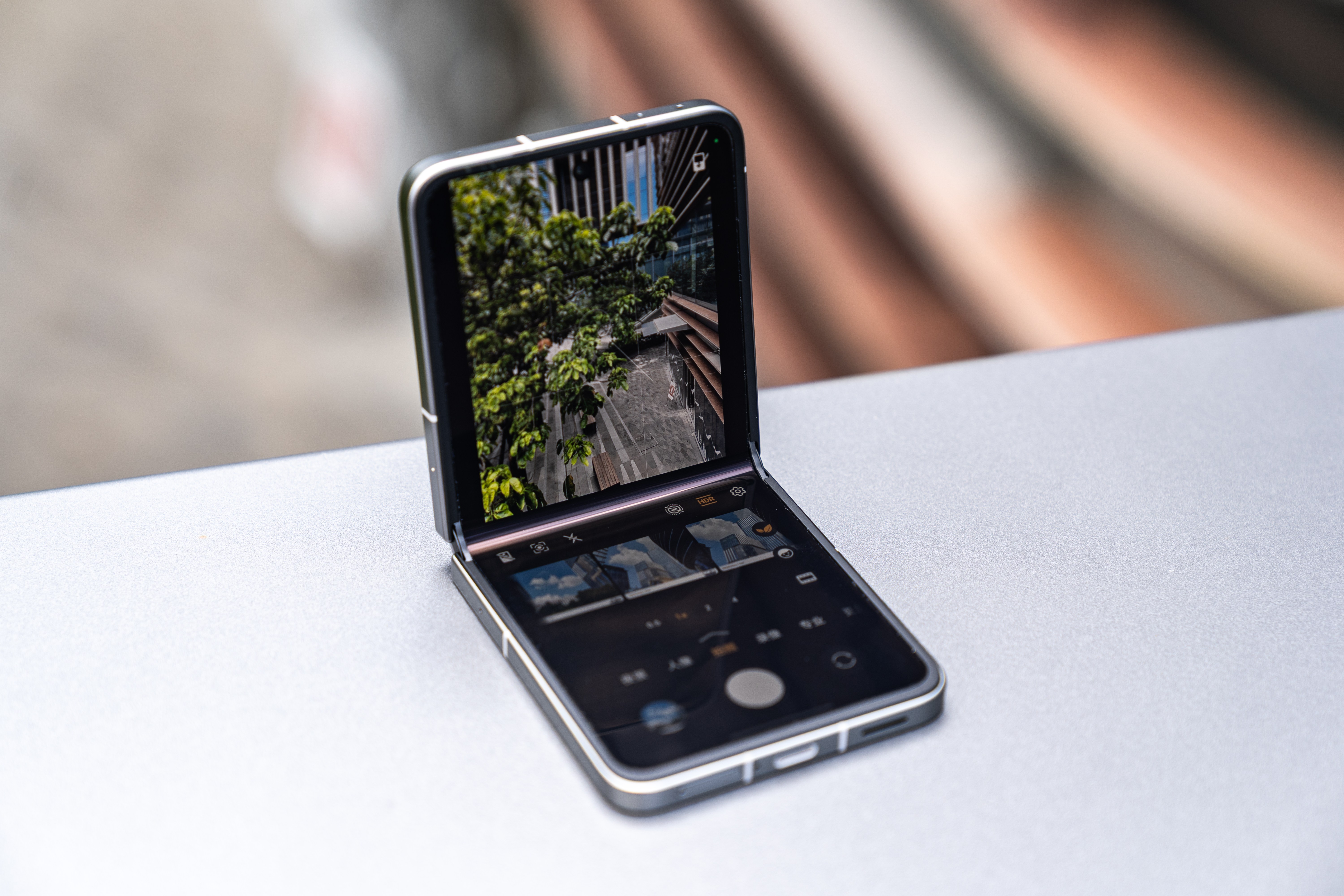
(Image courtesy of Lei Technology)
Utilizing the form factor advantage of the foldable structure, small foldables can use the rear camera hardware as the front camera and use the outer screen as a preview window. In the realm of selfies, the Magic V Flip2 turns the tables with its form factor advantage. With a 200-megapixel large sensor for selfies, details like fabric texture and background blurring are brought by optical characteristics, which cannot be compared to traditional front cameras.
There are actually many playstyles based on the form factor, like folding it 90° to use as a fixed camera or holding it like a DV to shoot videos... It's not that the imaging of small foldable phones is poor; it's just that their mindset and positioning are completely different from traditional phones, that's all.
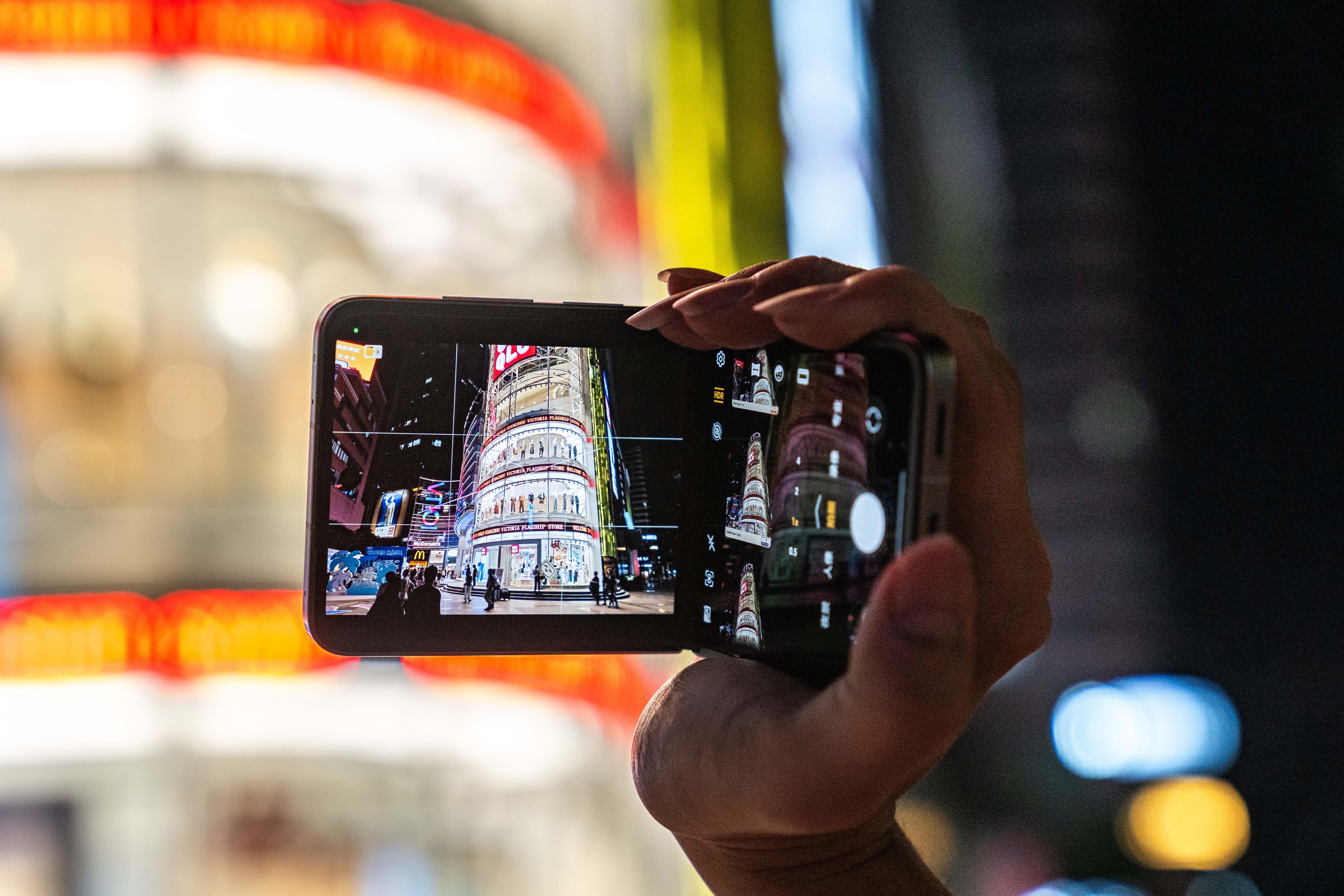
(Image courtesy of Lei Technology)
Additionally, Magic V Flip2's camera system reminds Lei Technology of the Honor 400 Pro released previously. Both feature a 200-megapixel main sensor and a 50-megapixel ultra-wide-angle lens. This only shows that even though internal space is precious in small foldables, it's not an absolute obstacle to stuffing high-end hardware, in Honor's view.
Industry's Largest Battery, Can Small Foldables Rival Slate Phones in Battery Life?
If the imperfect yet distinctive imaging is the differentiation shaped by the form factor of small foldable phones, then whether a small foldable is "mainstream" enough depends on how much of the slate phone experience it retains.
In terms of core hardware, the Magic V Flip2 is powered by the Qualcomm Snapdragon 8 Gen3, the same as the Honor 400 Pro. The battery capacity is also the largest in small foldables at 5500mAh, supporting 80W wired charging and 50W wireless charging, representing a significant upgrade over its predecessor.

(Image courtesy of Lei Technology)
How long does it take to fully charge this battery? After Lei Technology's test, it took 72 minutes to charge from 1% to 100%, with a peak power of about 50W achieved in the first 5 minutes, followed by a gradual reduction in charging power. At the 10th minute, it switched to a high-current low-voltage strategy and maintained between 24-30W before trickle charging.
Interestingly, unlike many phones that continue to trickle charge for a few minutes after reaching 100%, the Magic V Flip2 directly prompts that it is fully charged once it reaches 100%, basically leaving no invisible trickle charging margin. Perhaps in Honor's view, this more transparent charging strategy facilitates ordinary users in accurately identifying the battery level.
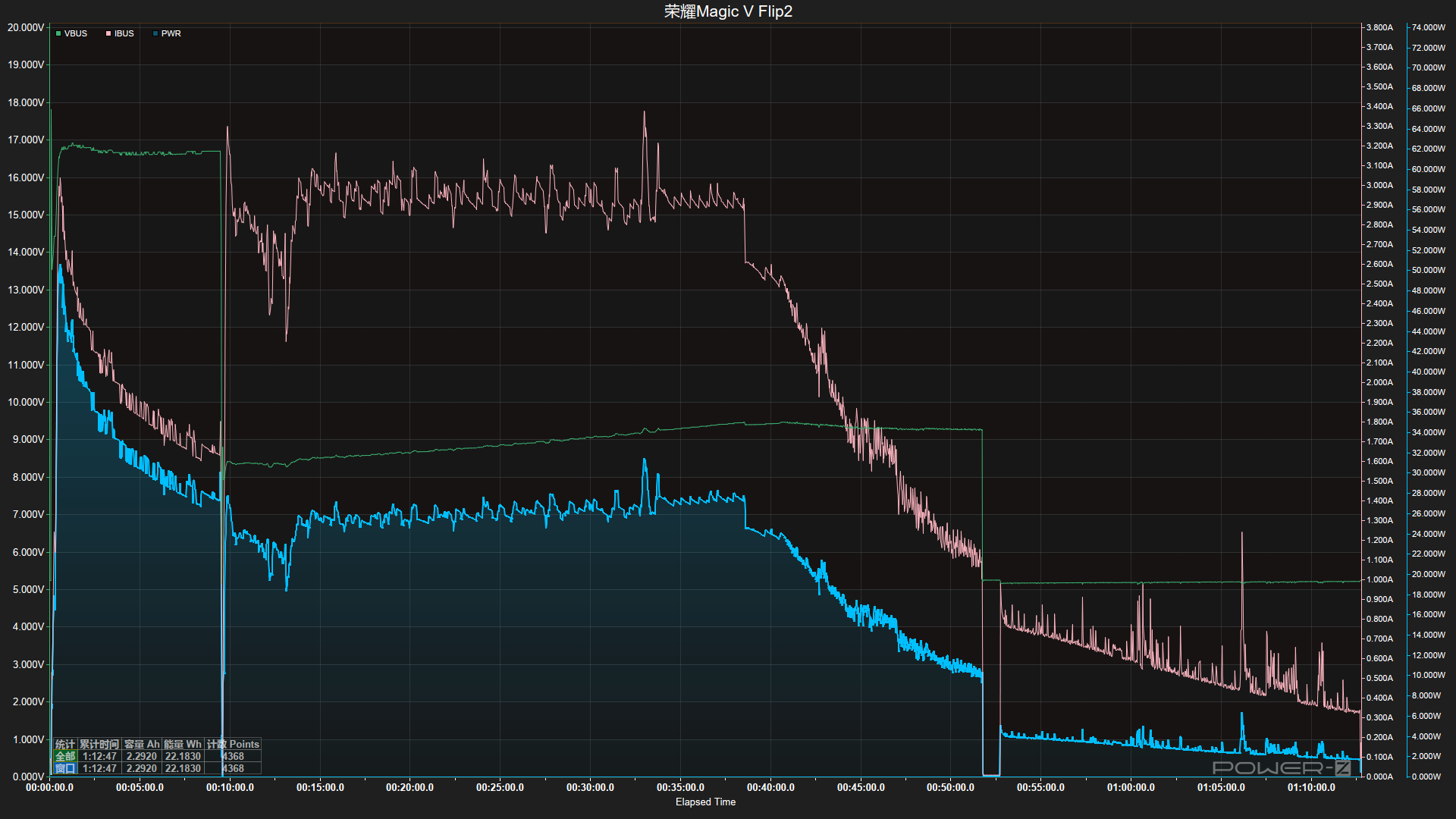
(Image courtesy of Lei Technology)
By the way, the Honor Magic V Flip2 also debuted a "Dual-Focus Wireless Charging" design this time. Simply put, the recognition range for wireless charging is larger than traditional solutions. Since the wireless charging coils in small foldables are generally positioned lower, the recognition rate for car wireless chargers is often not high. The purpose of the dual-focus design is to solve the problem of "misalignment".
In past Honor phone experience content, Lei Technology has given high marks to MagicOS, and it's not just empty praise.
Besides fluidity and unified UI design, MagicOS is quite prompt in following up on AI features. For example, it was among the first to fully integrate the DeepSeek large model and introduced Agent-like features to phones early on. Coupled with AI imaging, Honor phones are increasingly tied to AI.
After all, Zhao Ming once really ordered 2,000 cups of coffee using the YOYO assistant at a launch event.
Lei Technology can't order 2,000 cups of coffee, but during the few days of experiencing the Magic V Flip2, I did try waking up the YOYO assistant using the outer screen to help me hail a ride home from work. Besides not being able to claim coupons, YOYO's ride-hailing strategy is to help you hail rides simultaneously on multiple ride-hailing apps and automatically cancel the queued orders on other platforms once a driver accepts the ride.
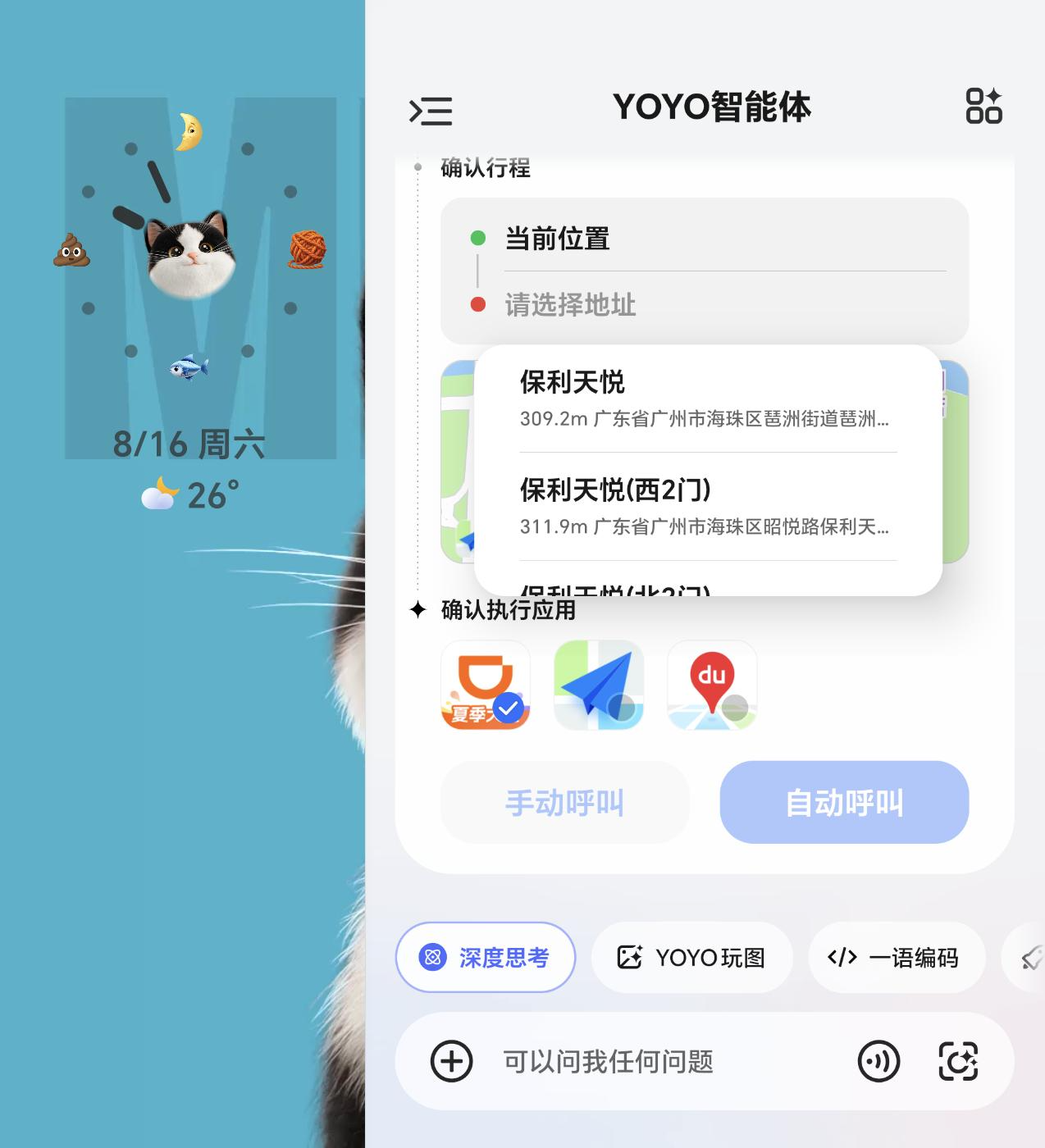
(Image courtesy of Lei Technology)
The convenience lies in the fact that there aren't many ride-hailing drivers available at night, and just as a group of people are hailing rides to go home, hailing on a single platform would require waiting, while hailing on two or three platforms yourself would require step-by-step operations and waiting. Agent-like features are relatively convenient to use.
MagicOS 9.0 also includes "8 One-Word AI" features, making it a matter of just saying what you want. Lei Technology only focused on experiencing the one-word ride-hailing feature. Besides that, features like YOYO Suggestions, Arbitrary Door 2.0, and Smart Capsules are not elaborated here as they are AI features that have been comprehensively rolled out on Honor phones, and their practicality has been verified over time.
What is an AI phone? Former Honor Terminal CEO Zhao Ming believes that an AI phone is an autonomous driving experience, freeing your hands and allowing you to complete tasks just by looking at the phone. It cannot be said that MagicOS 9.0 has reached its pinnacle, but at least in every generation of the system and every new phone, Lei Technology can see some minor AI upgrades.
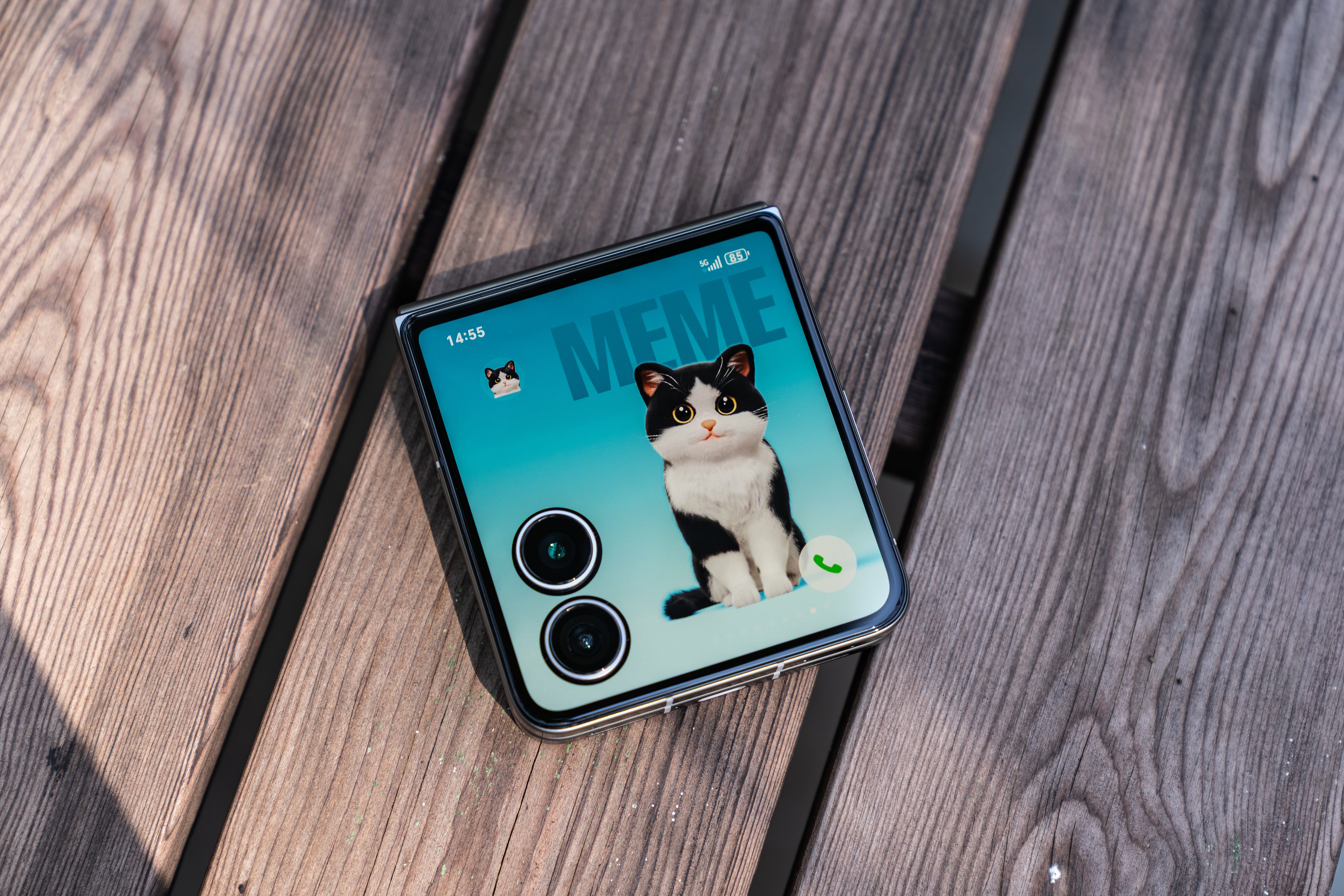
(Image courtesy of Lei Technology)
Rather than comparing small foldables to traditional slate phones to see which is more practical, it is more accurate to say that with the addition of automated AI features, our dependence on large screens has decreased. Small foldables, as a product form factor that shrinks slate phones, may be more suitable as a kind of "AI hardware" in a certain sense.
Lei Technology Summary: A Small Foldable Phone That Minimizes Its Shortcomings
Let's first summarize the advantages and areas for improvement of the Honor Magic V Flip2 based on Lei Technology's review template:
Advantages:
5500mAh battery, the largest in the small foldable industry, with good battery life;
200-megapixel main sensor with strong basic resolution, making it a "ceiling" for selfies;
Very practical "autonomous driving" AI, with a good YOYO assistant experience.
Areas for Improvement:
Charging efficiency needs to be improved;
The desktop pet playstyle can be upgraded, such as adding more motion effects or developing a more entertaining "cyber pet" function.
Like previous small-screen phones, after the industry underwent a rapid deployment phase, it has entered a relatively calm "period of reflection". This is because small foldable phones are not as favored as imagined. To achieve the foldable form factor, many slate phone experiences are sacrificed, including performance, battery life, and imaging, in exchange for just a small outer screen and a seemingly unnecessary "fold".
In the past two years, many manufacturers have discontinued their small foldable product lines, with only Honor, Xiaomi, moto, and Samsung persisting, or like Huawei, taking a different approach and creating the Pura X.
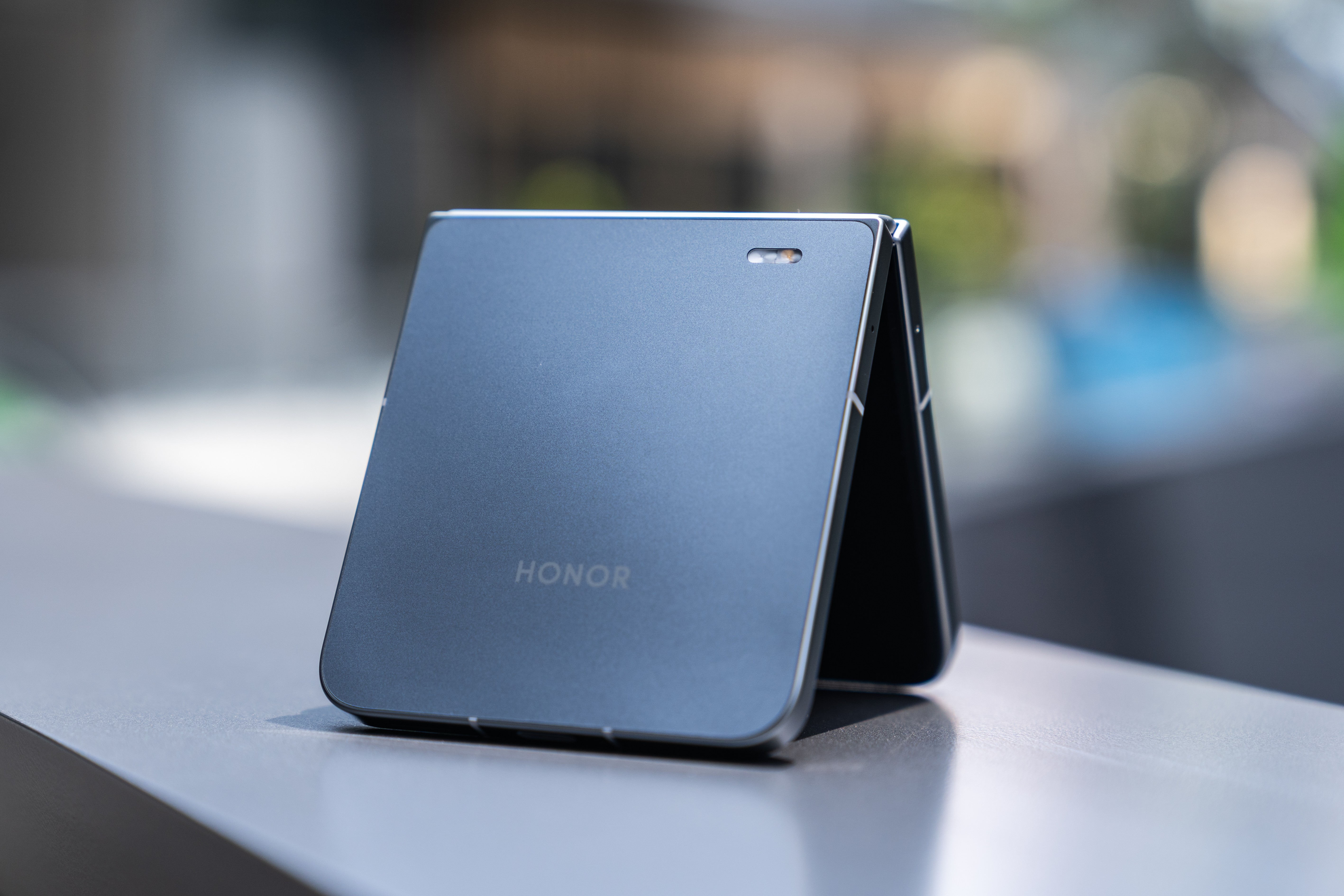
(Image courtesy of Lei Technology)
Lei Technology is not trying to dampen the enthusiasm of manufacturers still persisting in the small foldable product line. Those who have persisted to this day have continuously pondered and solved actual pain points during the iteration process. It is evident that the Magic V Flip2 addresses several issues: battery life, power consumption control, water and dust resistance, and imaging. Despite being a foldable, many parameters and experiences of the Magic V Flip2 are on par with those of the slate phone Honor 400 Pro, which is no easy feat.
Honor has not taken a different approach. With the Magic V Flip2, it has simply minimized the regrets left by the first-generation Magic V Flip, making it a feature-rich product that performs similarly to a slate phone but also boasts exceptional selfie capabilities and outer screen playstyles.
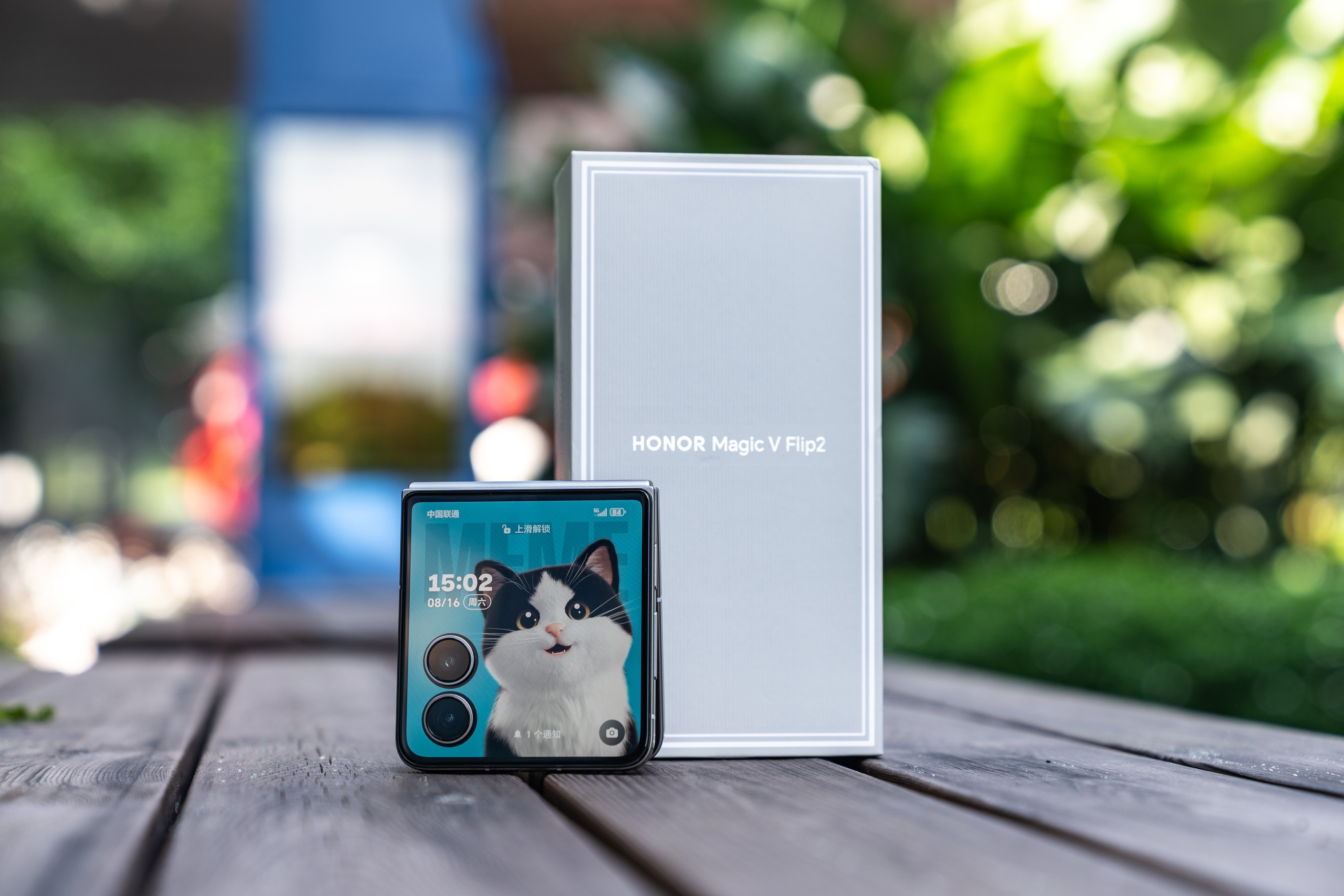
(Image courtesy of Lei Technology)
Especially in the era of AI, small foldables are no longer "beautiful but useless". Their form factor aligns with the development of Agent-like features and AI hardware—they are both the "AI hardware" envisioned by AI hardware manufacturers and a phone at the same time.
This also means that when small foldable phones compete on specifications, they should all take the Magic V Flip2 as a model. As for whether it is worth choosing, keep an eye on the launch event on the evening of August 21st.
Source: Lei Technology
Images in this article are from: 123RF Licensed Stock Library Source: Lei Technology

